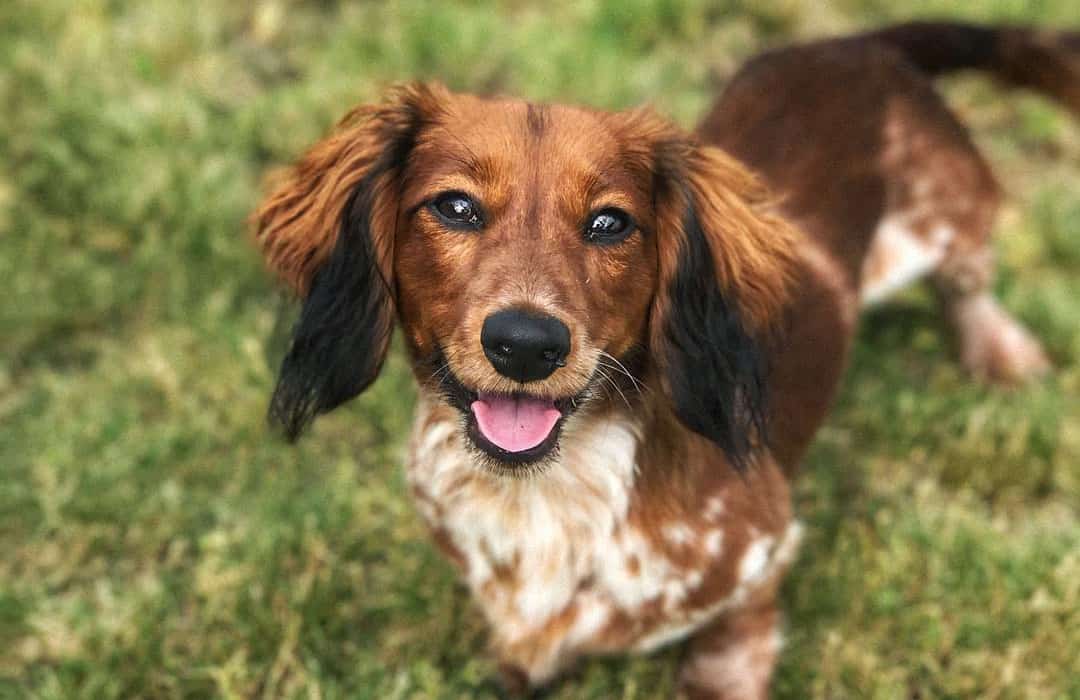

Poodles can be protective of their families and homes. They should have early socialization to other people and pets and a firm hand in training. The smaller poodles can be aggressive to people outside their families or to other dogs. Poodles thrive on attention and can develop bad habits such as nuisance barking if ignored or left alone. They are lively, active, fun-loving dogs with a sense of the ridiculous. Poodles are notorious for their intelligence and ease of training. Parti-colors such black and white are not considered acceptable in the show ring. Reds do appear as well as creams and blues. The commonly seen colors of poodles are silver, black, white, apricot and chocolate. This is why poodles need clipping or frequent grooming because the mats can be painful. Poodles are known as good dogs for people with allergies because the hair does not routinely shed out instead, it mat to itself. The poodle coat should be tight and curly unless brushed out vigorously. A few poodles are seen with a corded coat, in which the tight curls form long bands like dreadlocks.

Many guardians elect to keep their dogs in a kennel or working clip, with the coat clipped fairly short and pompoms left on the head and tail. These clips actually developed for a reason: they provided thick coat over the joints and chest to keep the dog warm while working in cold water.

Doxie poodle mix skin#
Dogs competing in the breed ring must have a specific clip, with areas of extravagant hair coupled with skin tight clipping. The coat of the poodle is its crowning glory. Poodles tend to have a leggy appearance and a long muzzle combined with dropped ears. The tail is docked, but not short, so it can wave gaily. Poodles come in three sizes or varieties: the standard (over 15 inches and 45 to 70 pounds ), the miniature (10 or 11 inches to 15 inches and 12 to 20 pounds ) and the toy (less than 10 inches and about five to seven pounds ).Īll the Poodles share a square outline, with a long, elegant neck and a straight back.


 0 kommentar(er)
0 kommentar(er)
